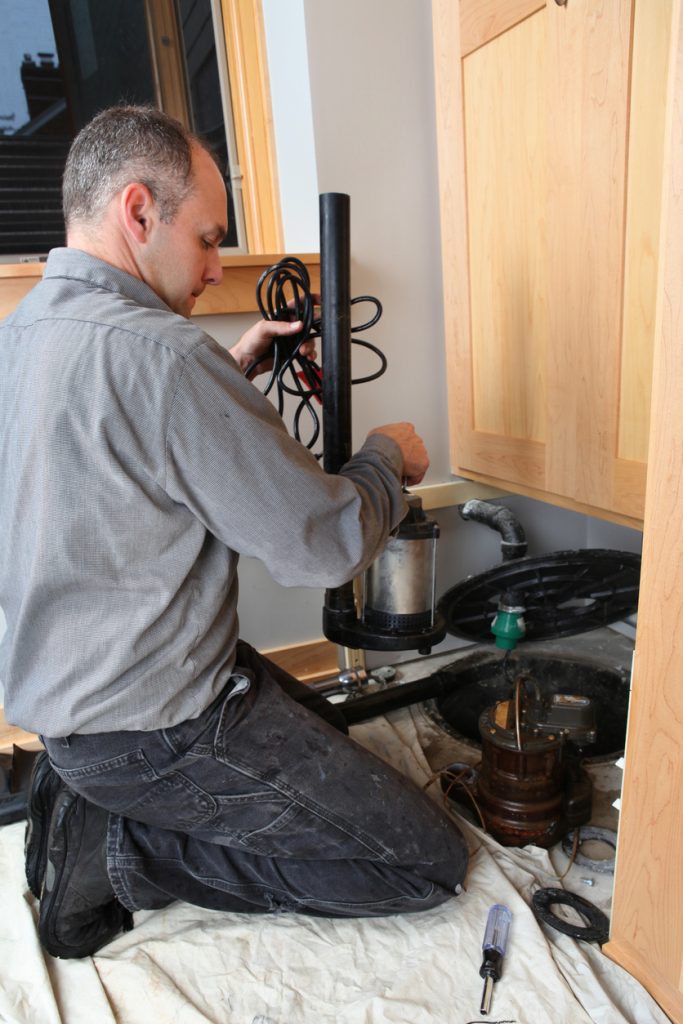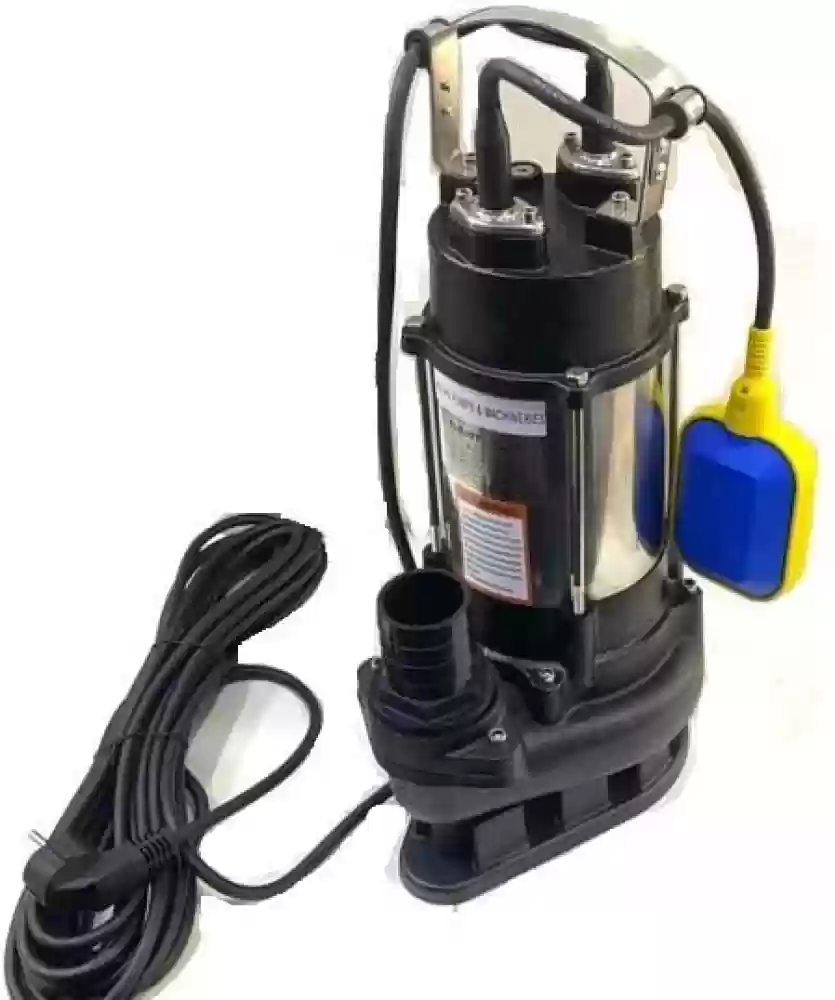Almost everyone has his or her own rationale in relation to Steps to Cleaning Your Sump Pump Properly.

Sump pumps are vital parts in lots of homes, especially in locations vulnerable to flooding or extreme dampness. They aid prevent water damage by successfully eliminating excess water from basements or crawl spaces. However, like any other appliance, sump pumps call for normal maintenance to ensure they function successfully when needed the most. Cleansing your sump pump is a crucial part of its upkeep, and comprehending how to do it appropriately can save you from expensive repair services and prospective catastrophes.
Intro
Keeping a clean sump pump is important for its appropriate functioning and durability. Neglecting this crucial job can bring about clogs, breakdowns, and eventually, water damage to your residential or commercial property. Consequently, finding out exactly how to clean a sump pump is critical for homeowners who depend on these devices to maintain their cellars completely dry and secured.
Indications of a Dirty Sump Pump
Recognizing when your sump pump requires cleansing is critical for stopping prospective malfunctions. Some common indications that indicate a filthy sump pump consist of weird noises throughout procedure, reduced water circulation, and visible debris in the pit. If you observe any of these signs and symptoms, it's vital to clean your sump pump promptly to prevent any kind of additional issues.
Preparing for Cleaning
Before you begin cleansing your sump pump, it's necessary to take some safety precautions. Start by shutting off the power to the pump to prevent any type of electrical accidents. Additionally, put on appropriate safety equipment, such as gloves and goggles, to safeguard on your own from dust, debris, and potential pathogens.
Recognizing the Sump Pump
Prior to diving right into the cleaning process, it's vital to have a basic understanding of just how a sump pump functions. Normally mounted in a pit or basin listed below the basement floor, a sump pump consists of numerous crucial components, consisting of a pump, a float button, and a discharge pipeline. When water gathers in the pit, the float button activates the pump, which then pumps the water out through the discharge pipe, away from the structure's foundation.
Step-by-step Guide to Cleaning a Sump Pump
Shutting Off the Power
Begin by disconnecting the power supply to the sump pump to stop any kind of mishaps while cleaning.
Looking For Correct Performance
Prior to re-installing the pump, do a fast examination to guarantee that the float button turns on the pump correctly. Pour some water into the sump pit and observe the pump's operation. If whatever is working appropriately, you can reconstruct the pump and reconnect the power supply.
Eliminating Particles and Dust
Utilize a pail or an inside story to remove any kind of visible debris, dust, or debris from the sump pit. Dispose of the particles properly to prevent it from obstructing the pump or the discharge pipe.
Cleansing the Pump and Drift Change
When the pit is free from debris, carefully remove the pump from the pit. Examine the pump and the float switch for any kind of signs of damage or wear. Utilize a soft brush or cloth to cleanse the surface areas and get rid of any type of collected grime.
Purging the System
After cleaning the pump and float button, purge the sump pit with clean water to get rid of any type of continuing to be dirt or debris. This will certainly aid make sure that the pump operates efficiently and effectively.
Upkeep Tips to Maintain Your Sump Pump Clean
In addition to regular cleaning, there are numerous maintenance ideas you can comply with to keep your sump pump in ideal problem:
Conclusion
Cleaning your sump pump is a vital element of its upkeep and ensures that it runs properly when you require it the most. By adhering to the actions described in this overview and integrating normal upkeep right into your routine, you can expand the lifespan of your sump pump and secure your home from water damage.
6 STEPS ON HOW TO CLEAN A SUMP PUMP PROPERLY
UNDERSTANDING SUMP PUMPS
Your sump pump plays a crucial role in protecting your home by managing and removing excess water. It primarily functions as a “shield”, guarding your basement against the damaging effects of water accumulation. The pump is housed in a sump pit in the lowest part of your basement, and its job is to pump out any water that collects there.
During heavy rainfalls or when snow melts rapidly, water can infiltrate your basement, posing potential risks like flooding, structural damage, and harmful mold growth. Here, the sump pump springs into action, pumping out the intruding water and directing it away from your home.
SAFETY FIRST
Before cleaning, remember to prioritize safety. Disconnect the sump pump from the power source to prevent any accidental electric shocks. Also, wear sturdy gloves to protect your hands from any sharp or dirty components within the pump.
REMOVE THE SUMP PUMP
After ensuring your safety, the next step is to remove the sump pump from its pit. Doing this might require careful maneuvering as you don’t want to damage any pump components. Once removed, clean the sump pit to remove any accumulated debris or sludge.
INSPECT THE PUMP
Inspect the pump for any visible signs of wear or damage. Check the power cord, float switch, and impeller housing. If any components look worn out or damaged, consider replacing them to ensure optimal performance.
CLEAN THE PUMP
Thoroughly clean the pump with warm, soapy water. Make sure to rid it of any dirt, gravel, or other debris that might impede its performance. You can use a toothbrush to clean the small, hard-to-reach parts of the pump.
REINSTALL THE SUMP PUMP
Reinstall the pump into the sump pit Make sure it’s positioned correctly to remove the water effectively Once it’s back in place, reconnect it to the power source TEST THE PUMP
Finally, pour some water into the pit to ensure the pump works correctly. It should start automatically and begin pumping out the water; if it doesn’t, check the power source and the positioning of the pump.
Remember, while cleaning your sump pump is an essential part of home maintenance, hiring a professional plumber for a thorough inspection and cleaning at least once a year is also important. This will ensure that your pump is in optimal condition, ready to protect your home from potential water damage.
BEST PRACTICES FOR CLEANING SUMP PUMP DISCHARGE PIPES
Regular Inspection: Regularly inspect your discharge pipes, especially during heavy rainfall or snowmelt periods. Look for any signs of blockage or damage. Early detection of problems can prevent serious issues down the line. Periodic Cleaning: Over time, sediment and debris can accumulate in the discharge pipes, impeding the flow of water. Regular cleaning helps keep the pipes clear and functioning efficiently. You can use a high-pressure water jet to effectively clean the pipes. Insulation During Winter: In colder climates, discharge pipes can freeze, blocking the outflow of water. Protect your discharge pipes from freezing temperatures by insulating them with foam pipe insulation. This will ensure the sump pump can continue to discharge water even in freezing conditions. Proper Positioning: The discharge pipe should be positioned to direct water away from your home’s foundation. Improper positioning can lead to water seeping back into the basement. Ensure the pipe is long enough and angled correctly. Installation of a Check Valve: A check valve prevents water from flowing back into your sump pit after the pump has pushed it out. Installing a check valve helps maintain the efficiency of your sump pump and reduces the risk of flooding. Minimize Pipe Turns: Every curve or turn in the discharge pipe can decrease the efficiency of water flow. By minimizing turns and bends in your discharge pipe, you can increase the efficiency of your sump pump. https://www.fullspeedplumbing.com/how-to-clean-a-sump-pump-properly9999/

I'm certainly very focused on Keep Your Sump Pump Clean, It'll Keep You Dry and I really hope you enjoyed the new piece. Enjoyed reading our blog entry? Please quickly share it. Let somebody else check it out. I value your readership.
Click Here